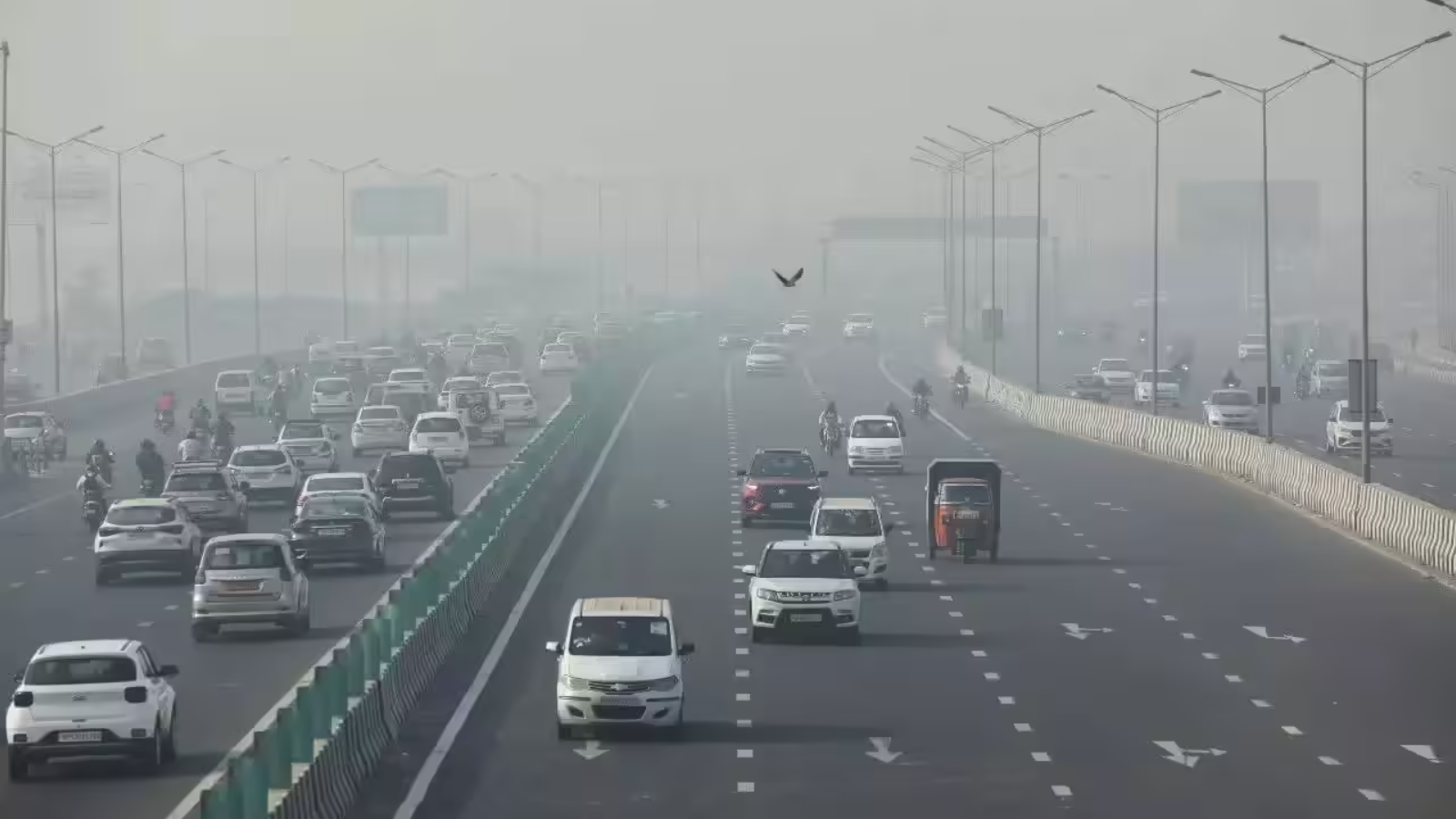Why Delhi Revoked Stage 3 Pollution Rules While AQI Remains High
The Commission for Air Quality Management ( CAQM ) recently withdrew the strict Stage 3 restrictions under the Graded Response Action Plan (GRAP) in Delhi-NCR, even as air quality remained firmly in the ‘very poor’ category. This marks the 21st consecutive day with an AQI exceeding 300, raising concerns among residents and environmental experts alike. Critics have called the decision “illogical” and questioned the timing, citing negligible improvement in pollution levels.
Questionable Timing and Expert Criticism
Delhi’s 24-hour average AQI stood at 327 according to the Central Pollution Control Board’s 4 PM bulletin—only a marginal improvement, yet still at levels causing respiratory discomfort. The CAQM justified lifting Stage 3 by pointing to slight improvement over three days and the new, stricter GRAP framework introduced on 21 November. Experts like Mukesh Khare from IIT Delhi argued, “There is not much difference between AQI 320 or AQI 350. We cannot normalise slightly lower values and this decision feels illogical.” Environmental activist Vimlendu Jha added that lifting restrictions now, during critical winter months, was premature.
Impact on Construction and Vehicles

Stage 3 curbs on non-essential construction and older diesel/petrol vehicles (BS-III petrol, BS-IV diesel LMVs) have been lifted, allowing construction projects to resume and more vehicles back on the roads.
Effect on Offices and Schools
Previously, offices were mandated to operate at 50% work-from-home capacity, and schools ran in hybrid mode. These rules, part of the revised GRAP, aimed to limit pollution exposure and were advised by the Supreme Court to act proactively.
Supreme Court and Public Health Concerns
The Supreme Court recently urged CAQM to take stricter action on pollution, highlighting a tension between administrative decisions and public health. The East Delhi Federation of Residents Welfare Associations had demanded Stage 5 and 6 measures, including temporary market closures and free public transport.
Data Reliability and Future Measures
Questions persist over the reliability of Delhi’s air monitoring network, with some stations failing to record data during peak pollution hours. CAQM has instructed agencies to maintain and intensify Stage 1 and 2 actions to prevent deterioration into the ‘severe’ category.
Lifting Stage 3 restrictions in Delhi, despite ‘very poor’ air quality, has sparked debate over policy, timing, and public health priorities. Experts argue the move was premature, while authorities stress ongoing monitoring and Stage 1-2 measures to protect citizens. The decision underscores the challenge of balancing economic activity and environmental safety in India’s capital.

Questionable Timing and Expert Criticism
Delhi’s 24-hour average AQI stood at 327 according to the Central Pollution Control Board’s 4 PM bulletin—only a marginal improvement, yet still at levels causing respiratory discomfort. The CAQM justified lifting Stage 3 by pointing to slight improvement over three days and the new, stricter GRAP framework introduced on 21 November. Experts like Mukesh Khare from IIT Delhi argued, “There is not much difference between AQI 320 or AQI 350. We cannot normalise slightly lower values and this decision feels illogical.” Environmental activist Vimlendu Jha added that lifting restrictions now, during critical winter months, was premature.
Impact on Construction and Vehicles

Stage 3 curbs on non-essential construction and older diesel/petrol vehicles (BS-III petrol, BS-IV diesel LMVs) have been lifted, allowing construction projects to resume and more vehicles back on the roads.
Effect on Offices and Schools
Previously, offices were mandated to operate at 50% work-from-home capacity, and schools ran in hybrid mode. These rules, part of the revised GRAP, aimed to limit pollution exposure and were advised by the Supreme Court to act proactively.
Supreme Court and Public Health Concerns
The Supreme Court recently urged CAQM to take stricter action on pollution, highlighting a tension between administrative decisions and public health. The East Delhi Federation of Residents Welfare Associations had demanded Stage 5 and 6 measures, including temporary market closures and free public transport.
Data Reliability and Future Measures
Questions persist over the reliability of Delhi’s air monitoring network, with some stations failing to record data during peak pollution hours. CAQM has instructed agencies to maintain and intensify Stage 1 and 2 actions to prevent deterioration into the ‘severe’ category.
Lifting Stage 3 restrictions in Delhi, despite ‘very poor’ air quality, has sparked debate over policy, timing, and public health priorities. Experts argue the move was premature, while authorities stress ongoing monitoring and Stage 1-2 measures to protect citizens. The decision underscores the challenge of balancing economic activity and environmental safety in India’s capital.
Next Story